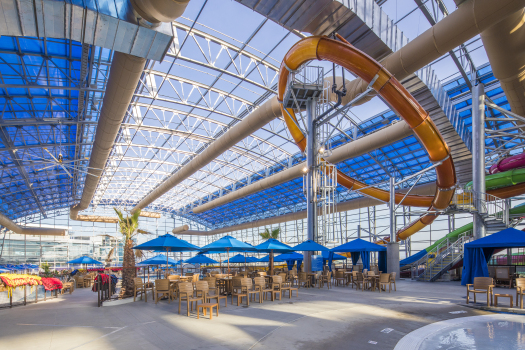As H&LA keeps abreast the continually changing impact of COVID-19 on the economy in general and hospitality sector in particular, we are sharing insights from industry experts and stakeholders with out clients and partners. The following article from CoStar News discusses gains made over the last four weeks of increased occupancy.
Published by: Richard Lawson/CoStar News
Published date: May 2020
The U.S. hotel industry’s slow mending resulted in its fourth straight week of higher occupancy, signaling that more people are venturing out and traveling.
Hotel occupancy in the United States rose to 30.1% for the week ending May 9, according to the latest report from hotel research firm STR, which is owned by CoStar Group, the publisher of CoStar News.
That’s an improvement of more than 9 percentage points since occupancy bottomed in the week of April 5-11, a time when more cities and states ordered residents to stay home to combat the spread of the coronavirus. Hotel performance indicators are used by commercial real estate investors, brokers and lenders to value hotel property.
Two other key performance measures, revenue per available room and the average daily rate, have improved some as well. Revenue per available room, in particular, increased to $22.95 from $21.39 the previous week.
Though improving, the numbers are still far off from U.S. hotel performance during the same week in 2019. Occupancy was down nearly 56% from last year to 30.1% as of May 9. Revenue per available room is down 74.4% year over year to $22.95, while the average daily rate has declined in that time 42.1% to $76.25, according to STR.
Jan Freitag, STR’s senior vice president of lodging insights, said in a statement that the weekly number of rooms sold “topped 10 million for the first time since the end of March.”
Leisure travel is leading the way as the hotel industry expected would be the case. “The markets benefiting more from leisure sources in areas with more relaxed distancing measures will see a sharper recovery line than others,” Freitag said. “Overall, the recovery will be uneven across the country.”
Improving occupancy dovetails increasing air travel, even though U.S. airlines are grappling with ensuring travelers wear masks and have enough distance to avoid contracting the virus on a flight.
Last Friday, U.S. passengers through airport checkpoints surpassed 200,000 for the first time since March 26, according to figures from the Transportation Security Administration. That’s still far from the 2.6 million on May 8 last year.
In China, where the coronavirus was first identified in December, the hotel industry recovery is beginning to take shape with activity in the domestic resort market. Midscale and upper-midscale urban hotels could rebound next. Hotels that cater to meetings, conventions and expositions and international travelers in China are expected to take longer to come back.
This pattern is expected to repeat in other countries like the United States as they recover.

